Concrete futures: French artist-designer Frédérick Gautier sets his sights on LA
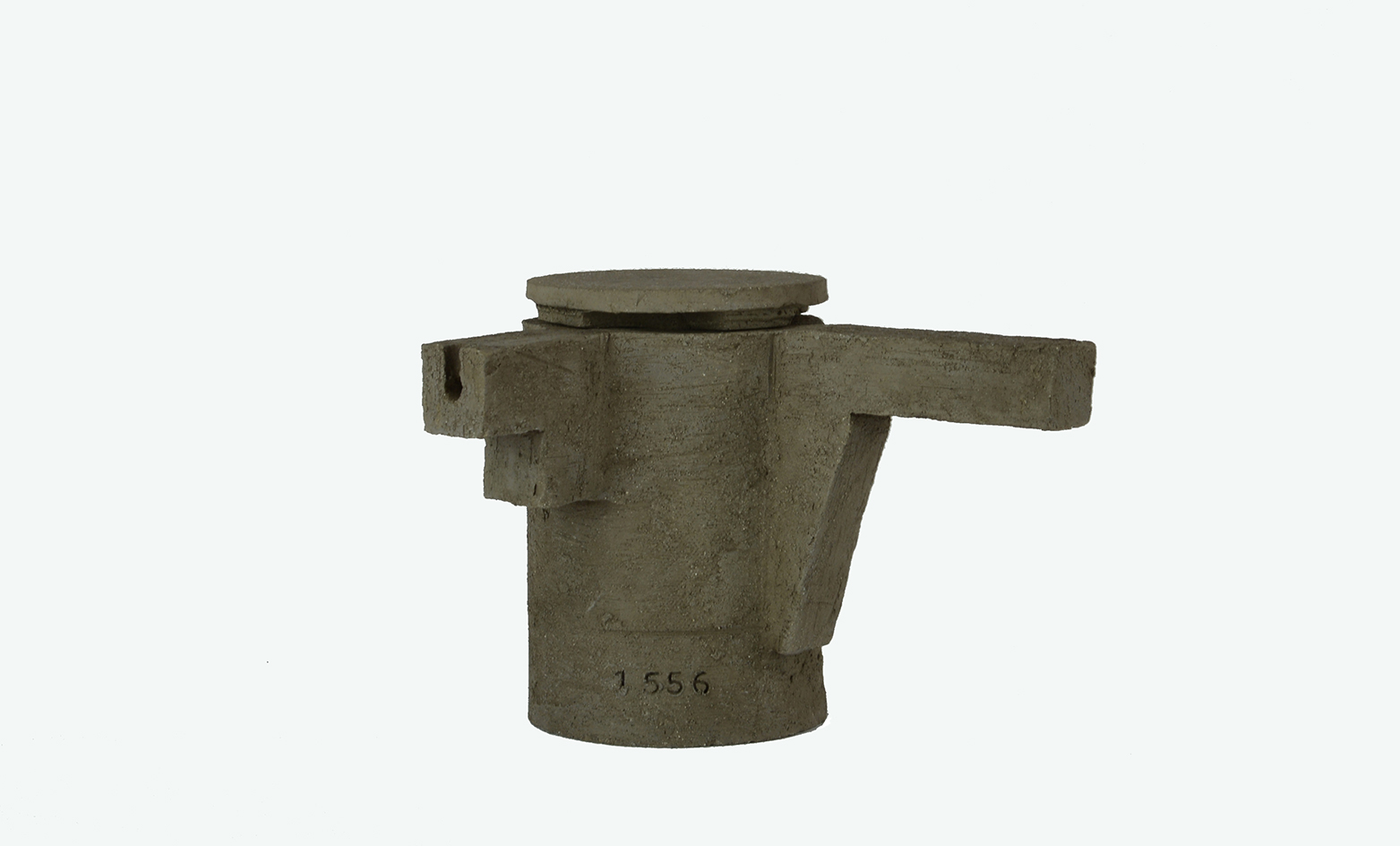
For more than a decade, Frédérick Gautier worked as an art and marketing director for the French production company StudioCanal on some 200 films (including Inland Empire with David Lynch). But by 2009, he was burnt out on servicing the creative visions of others behind the scenes and left the film industry.
‘I wanted to create for myself,’ says Gautier, who dropped everything after a transformative encounter with some landscape designers and spent the next four years studying the craft at the École Nationale Supérieure du Paysage de Versailles. During that time he made a number of performance art pieces, including Royal Splash, for which he swam in the forbidden waters of the grand canal at the Chateau de Versailles while designer Agnès B and French director Laurent Perreau filmed the action.
At the same time, Gautier was also interested in making some plates for the vegetables he was growing – ‘to eat my production,’ says Gautier, who refers to these objets as ‘tools to eat’, that he now uses as examples in teaching workshops. ‘I started to use the clay from my layout and maquettes for public landscape and I fell in love with this new medium.’
Last summer, he made a bigger splash (and material revelation) aboard the Louise-Catherine, a boat converted by Le Corbusier, for a performance dubbed Tx100. On the River Seine, Gautier conceived and created 100 brutalist concrete teapots that also reference both the Bauhaus and Robert Mallet-Stevens, and were exhibited in the raw space of the boat during the Parisian design festival, D’Days.
‘I have been fond of concrete for a very long time,’ says Gautier, whose father was a teacher at a high school in Avignon, replete with mesmerising concrete walls designed by a student of Le Corbusier. His fascination with the material continued during a year in Marseilles in which he rented a duplex in La Cité Radieuse of Corb's Unité d'habitation. ‘Concrete is all over this place – the walls, ceiling, floors, tables, seats,’ he explains.
Now, Gautier has his sights set on another metaphorically fraught body of water: the concrete-bedded Los Angeles River. After 30 of the artist's teapots make their North American debut this week at the downtown LA design shop Please Do Not Enter, Gautier plans to spend two weeks this winter – followed by two months over the summer – scouting and scouring the oft-maligned waterway for new materials.
‘This place is amazingly visual, that's why it's been in so many movies,’ says Gautier, who plans to tour the river by bicycle and source objects along the way. He hopes these materials will inspire a new body of work that offer some insight into how the mostly dry waterway, which may one day be revitalised by Frank Gehry, could function in the future. ‘I want to produce objects for everyday charged by histories, stories, and simplicity that are directly inspired by my surroundings and landscapes.’
While nobody walks in LA, depending on what Gautier pulls from the city's cinematic concrete channel, biking the river may very well become the new craze for inspiration-seeking artists.
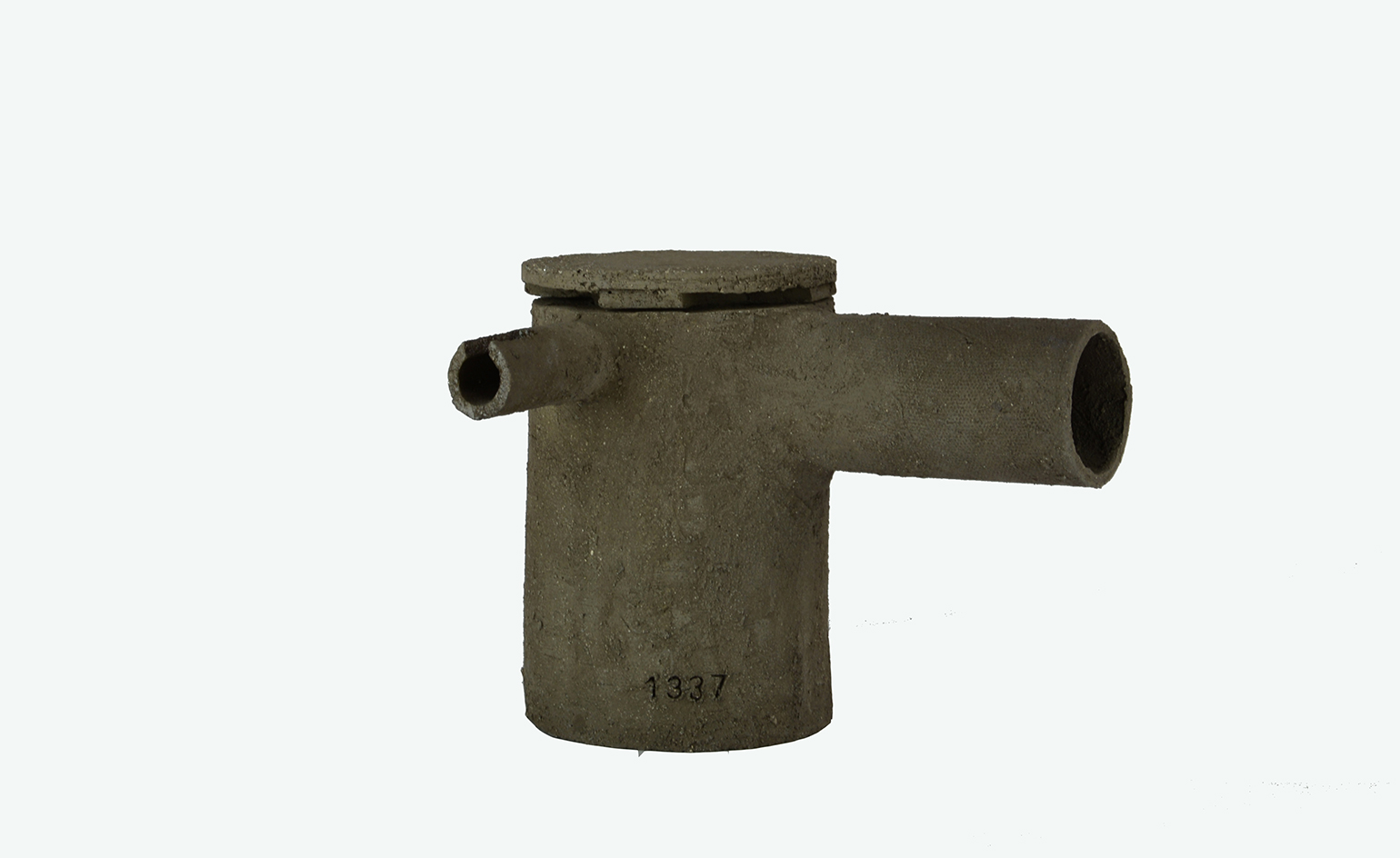
Thirty of the pots are being exhibited at the Los Angeles design store Please Do Not Enter until 15 March
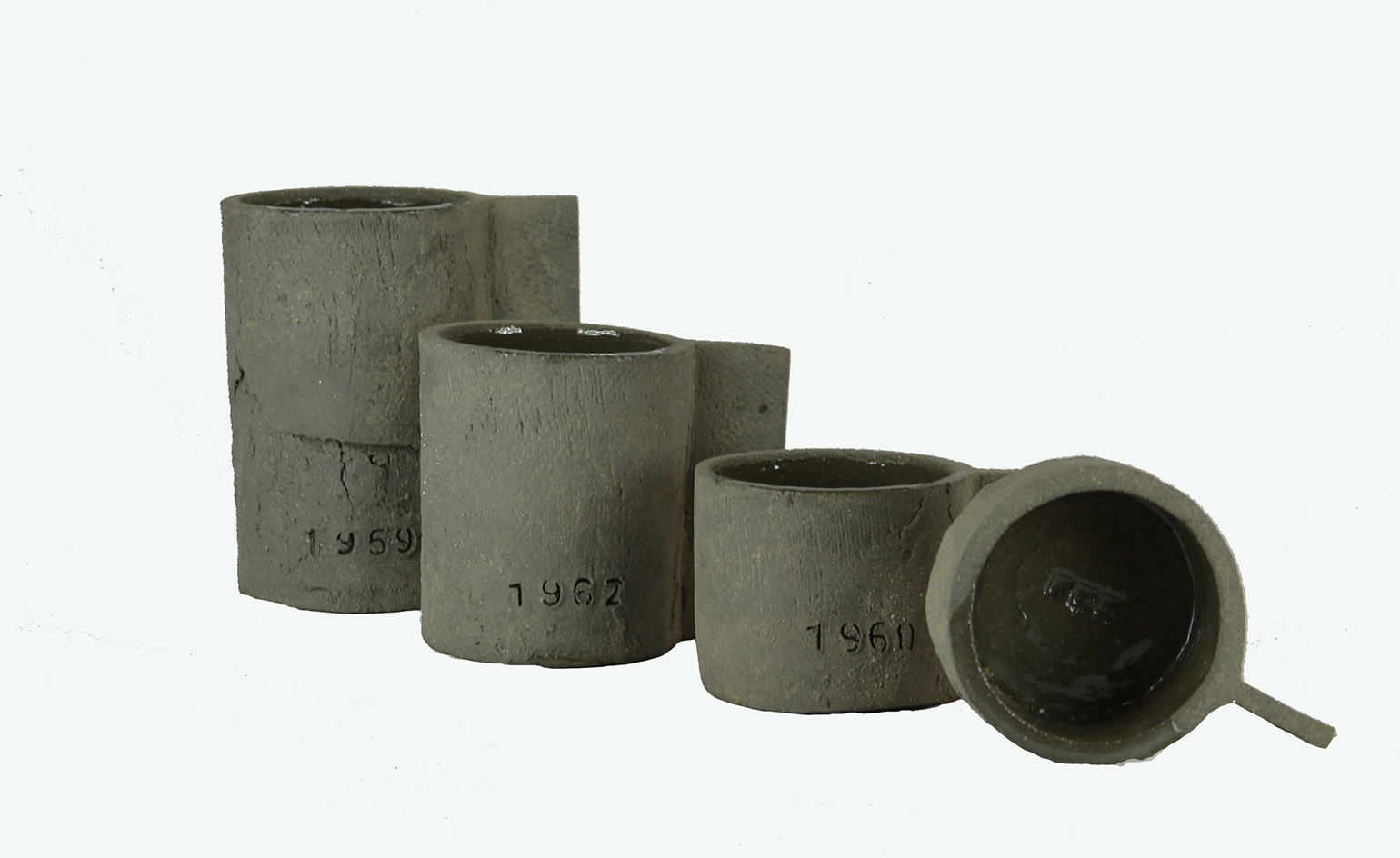
‘I have been fond of concrete for a very long time,’ says Gautier. His fascination with the material was particularly piqued during a year in Marseilles where he rented a duplex in Le Corubiser's La Cité Radieuse (‘Concrete is all over this place')
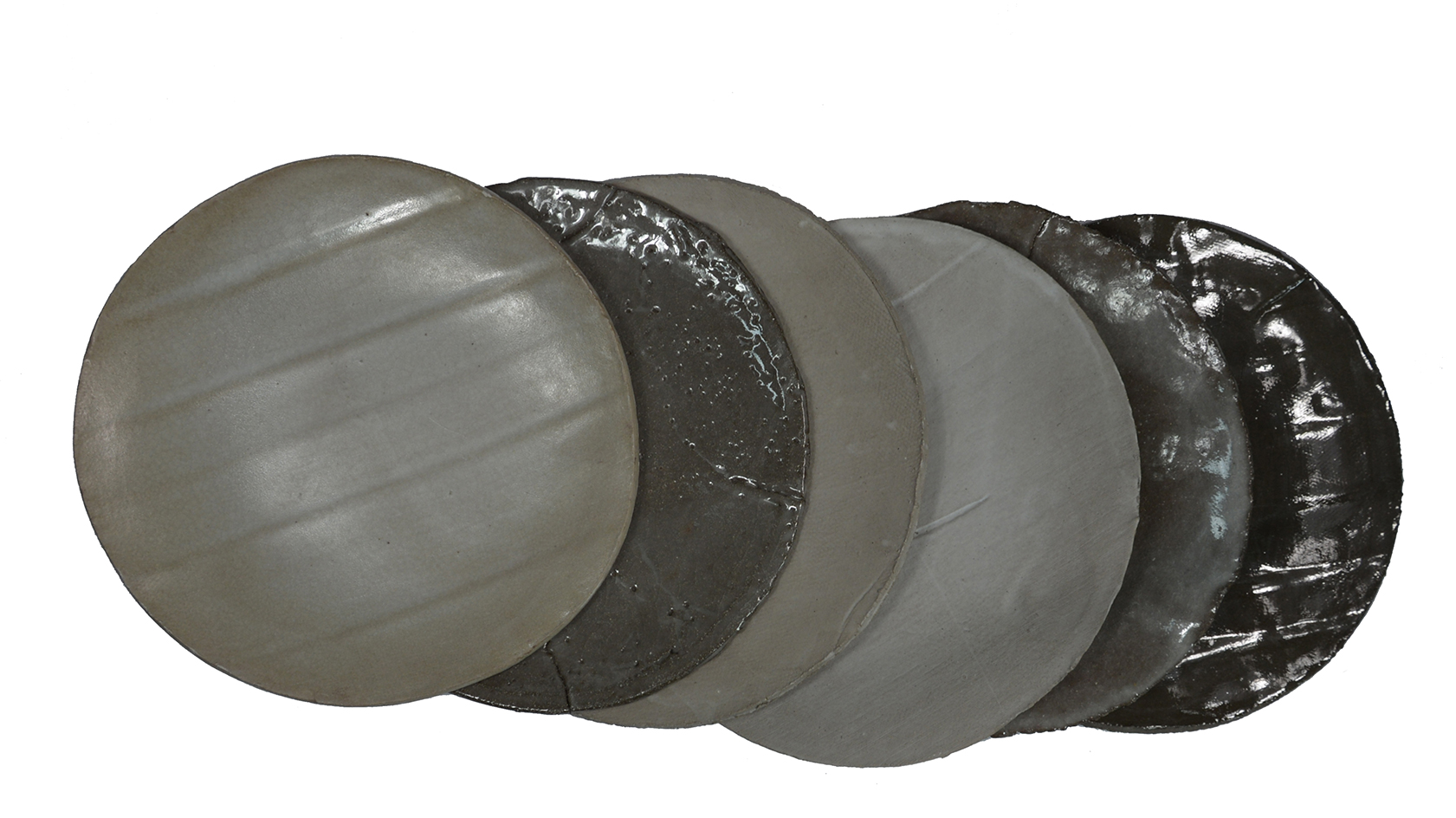
After his current show ends, Gautier plans to spend two weeks this winter – followed by two months over the summer – scouting and scouring the oft-maligned Los Angeles River for new materials
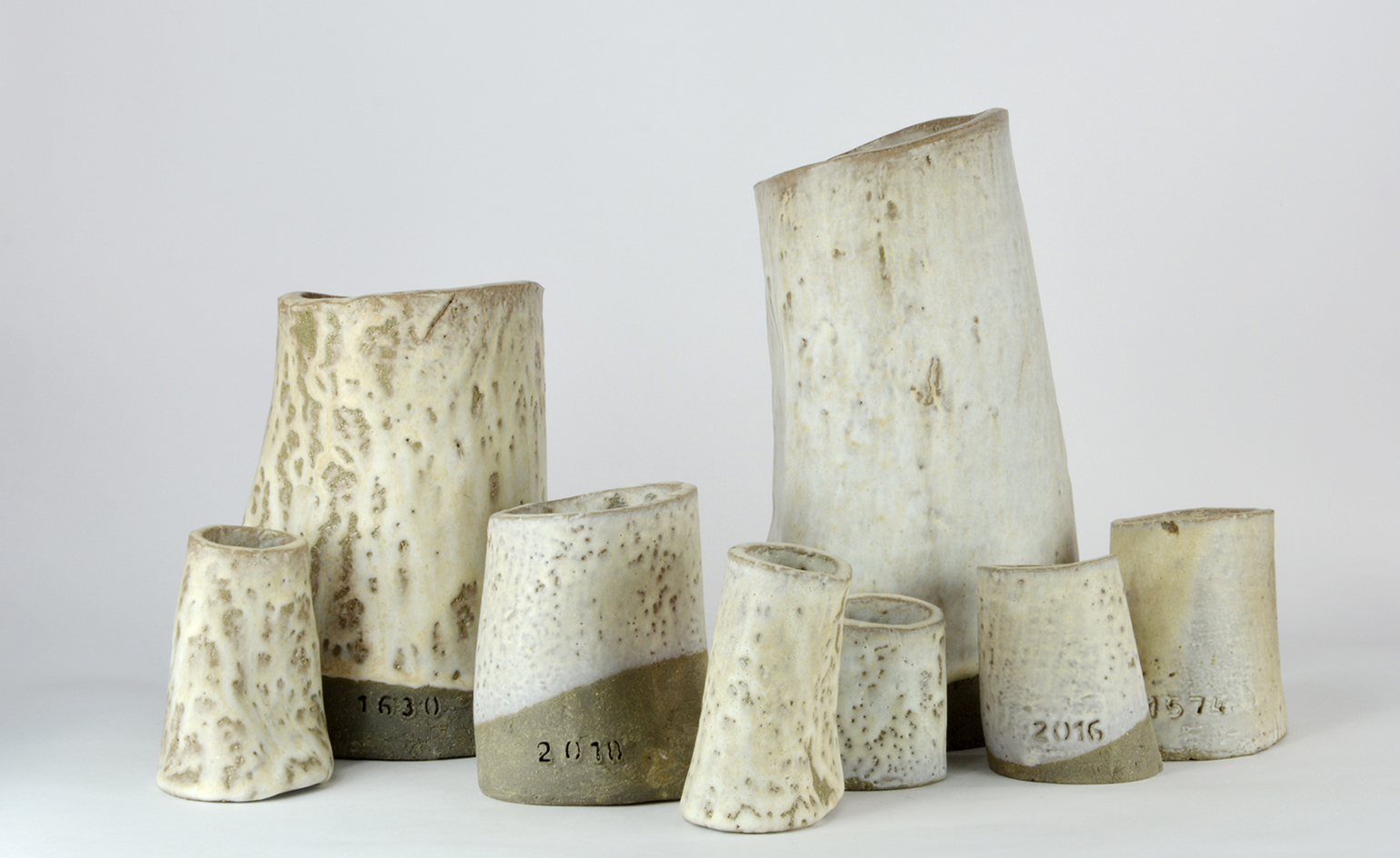
Gautier
INFORMATION
’Frédérick Gautier’ is on view until 15 March. For more information, visit Please Do Not Enter’s website
Photography: FCK
ADDRESS
Please Do Not Enter
549 S Olive Street
Los Angeles
CA 90013
Wallpaper* Newsletter
Receive our daily digest of inspiration, escapism and design stories from around the world direct to your inbox.
-
 Australian bathhouse ‘About Time’ bridges softness and brutalism
Australian bathhouse ‘About Time’ bridges softness and brutalism‘About Time’, an Australian bathhouse designed by Goss Studio, balances brutalist architecture and the softness of natural patina in a Japanese-inspired wellness hub
By Ellie Stathaki
-
 Marylebone restaurant Nina turns up the volume on Italian dining
Marylebone restaurant Nina turns up the volume on Italian diningAt Nina, don’t expect a view of the Amalfi Coast. Do expect pasta, leopard print and industrial chic
By Sofia de la Cruz
-
 Tour the wonderful homes of ‘Casa Mexicana’, an ode to residential architecture in Mexico
Tour the wonderful homes of ‘Casa Mexicana’, an ode to residential architecture in Mexico‘Casa Mexicana’ is a new book celebrating the country’s residential architecture, highlighting its influence across the world
By Ellie Stathaki
-
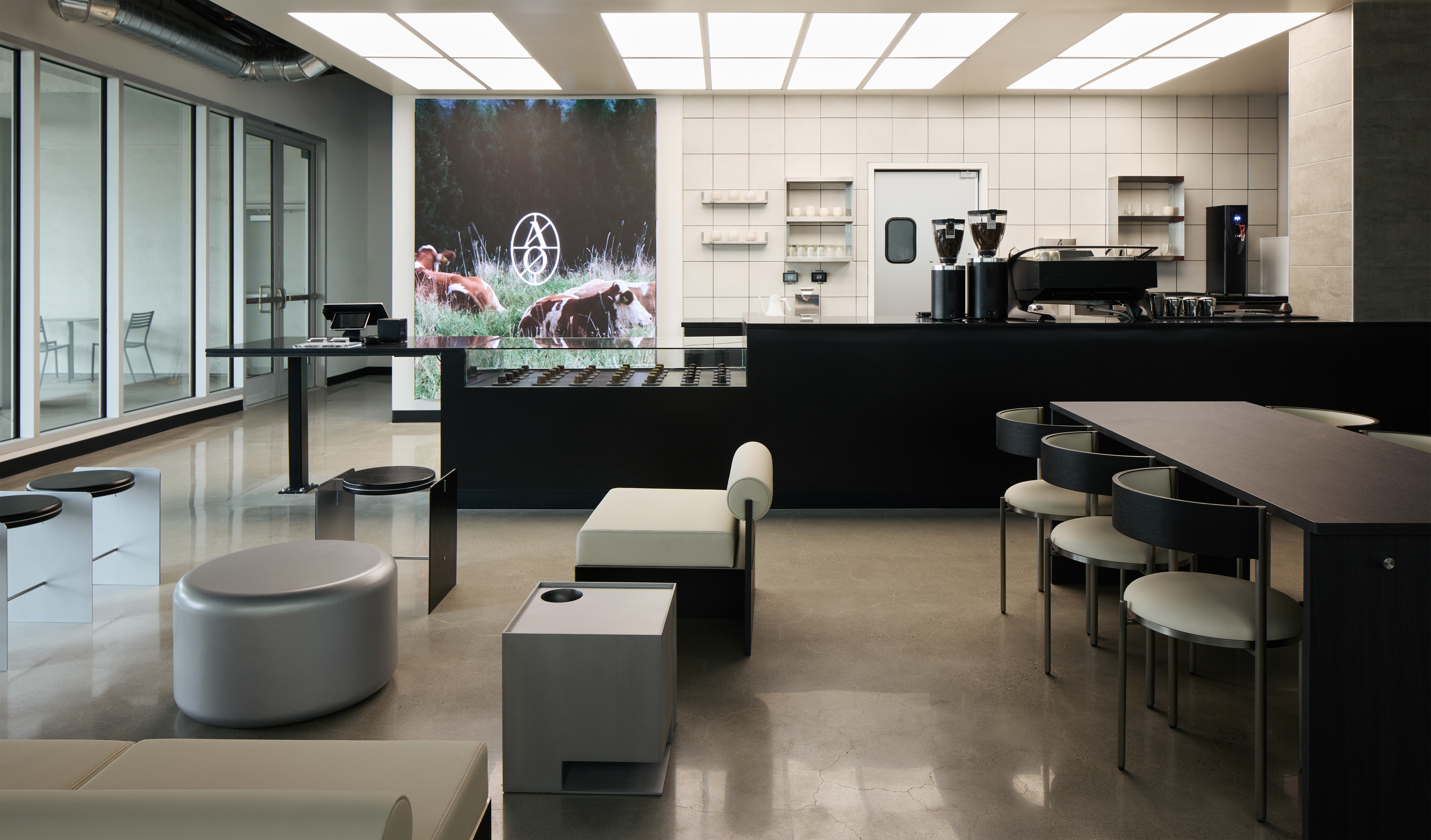 A first look inside Archives of Us, a secret café hidden in Downtown LA
A first look inside Archives of Us, a secret café hidden in Downtown LAArchives of Us is a contemporary café opening in Downtown LA boasting crisp interiors by Studio/ JIALUN XIONG who crafted a caffeinated sanctuary away from the city rush
By Tianna Williams
-
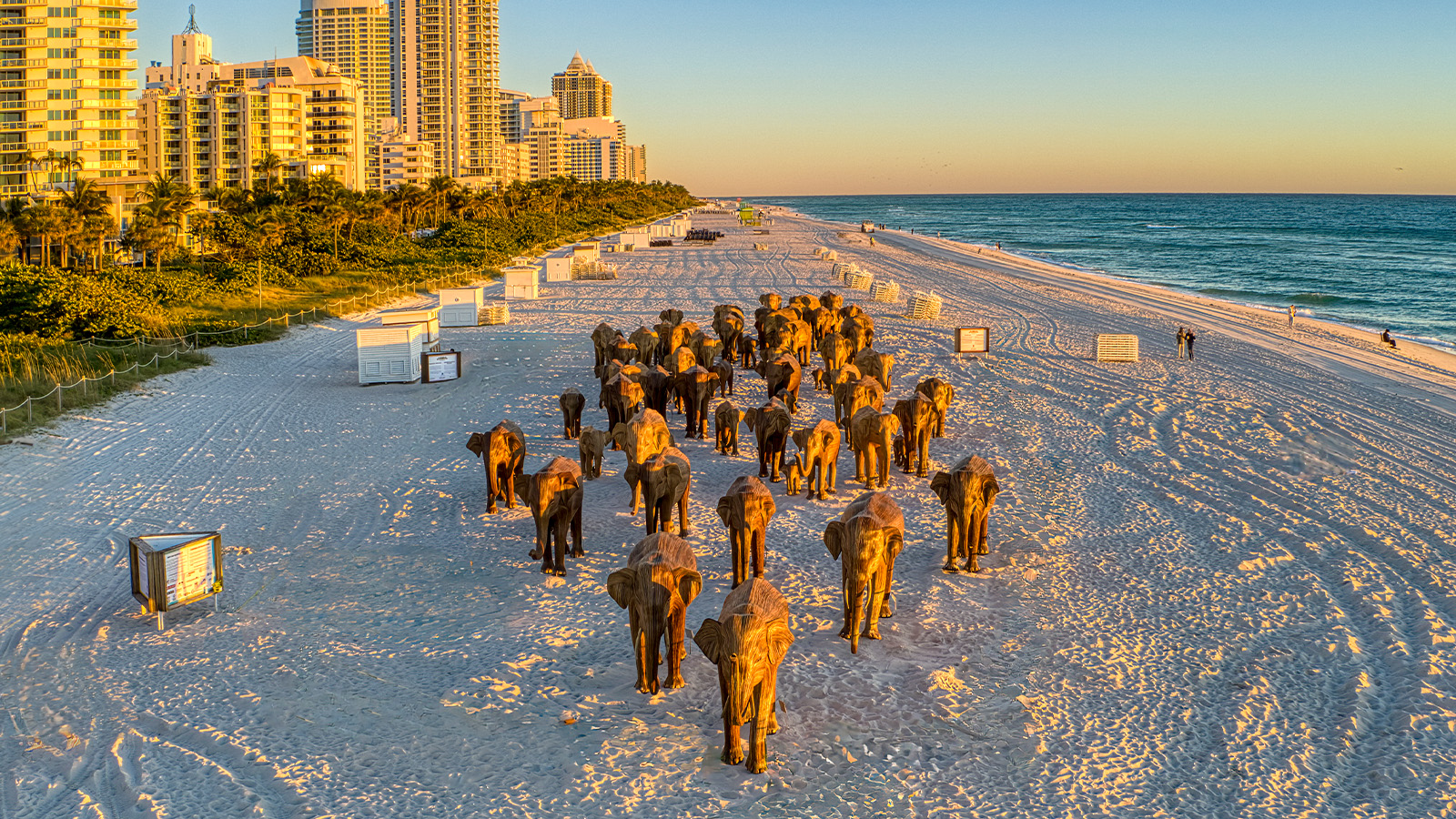 From migrating elephants to a divisive Jaguar, was this the best Design Miami yet?
From migrating elephants to a divisive Jaguar, was this the best Design Miami yet?Here's our Design Miami 2024 review – discover the best of everything that happened at the fair as it took over the city this December
By Henrietta Thompson
-
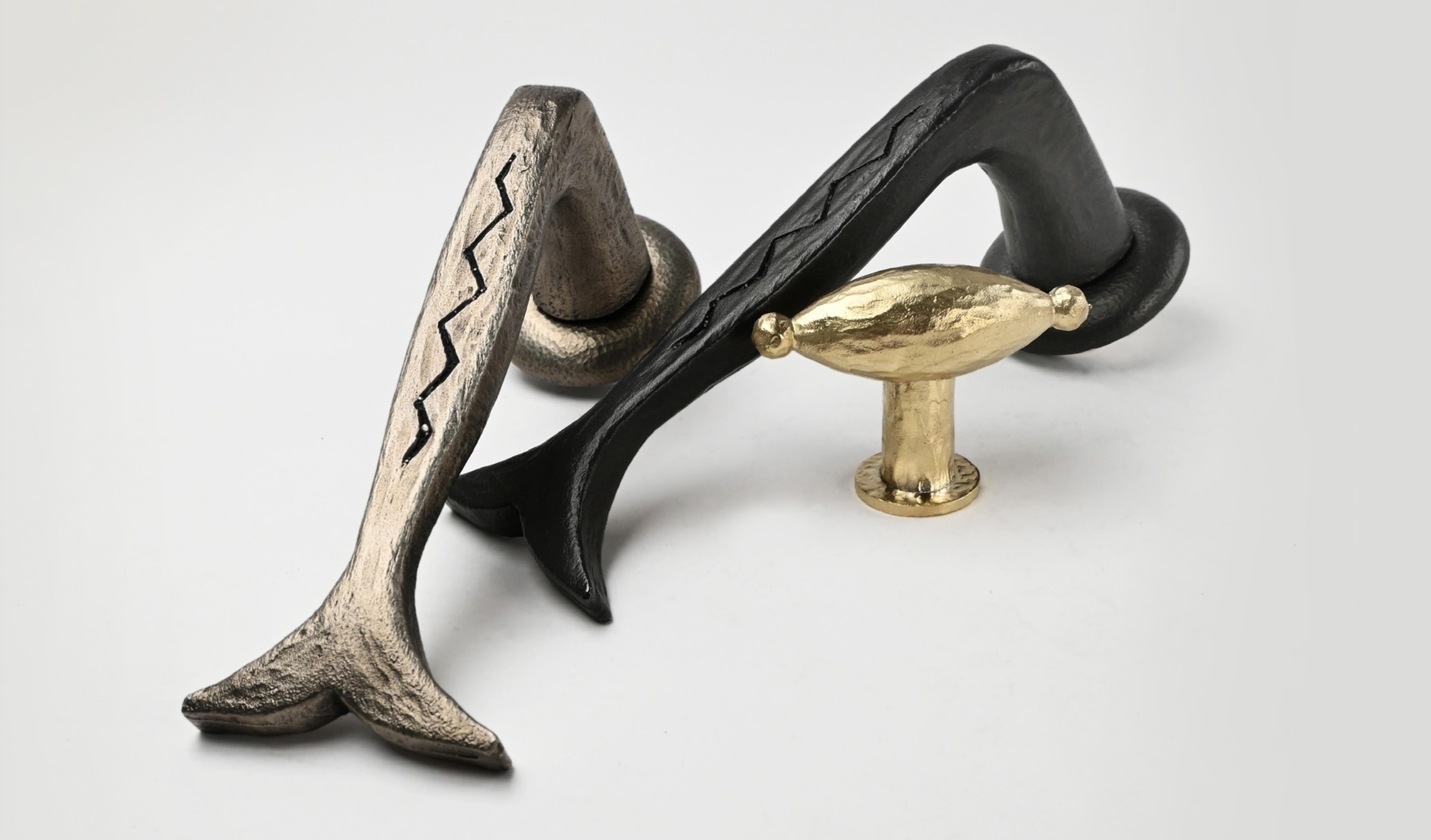 California cool: Studio Shamshiri debuts handmade door handles and pulls
California cool: Studio Shamshiri debuts handmade door handles and pullsLos Angeles interior design firm Studio Shamshiri channels the spirit of the Californian landscape into its handcrafted hardware collections. Founder Pamela Shamshiri shares the inspiration behind the designs
By Ali Morris
-
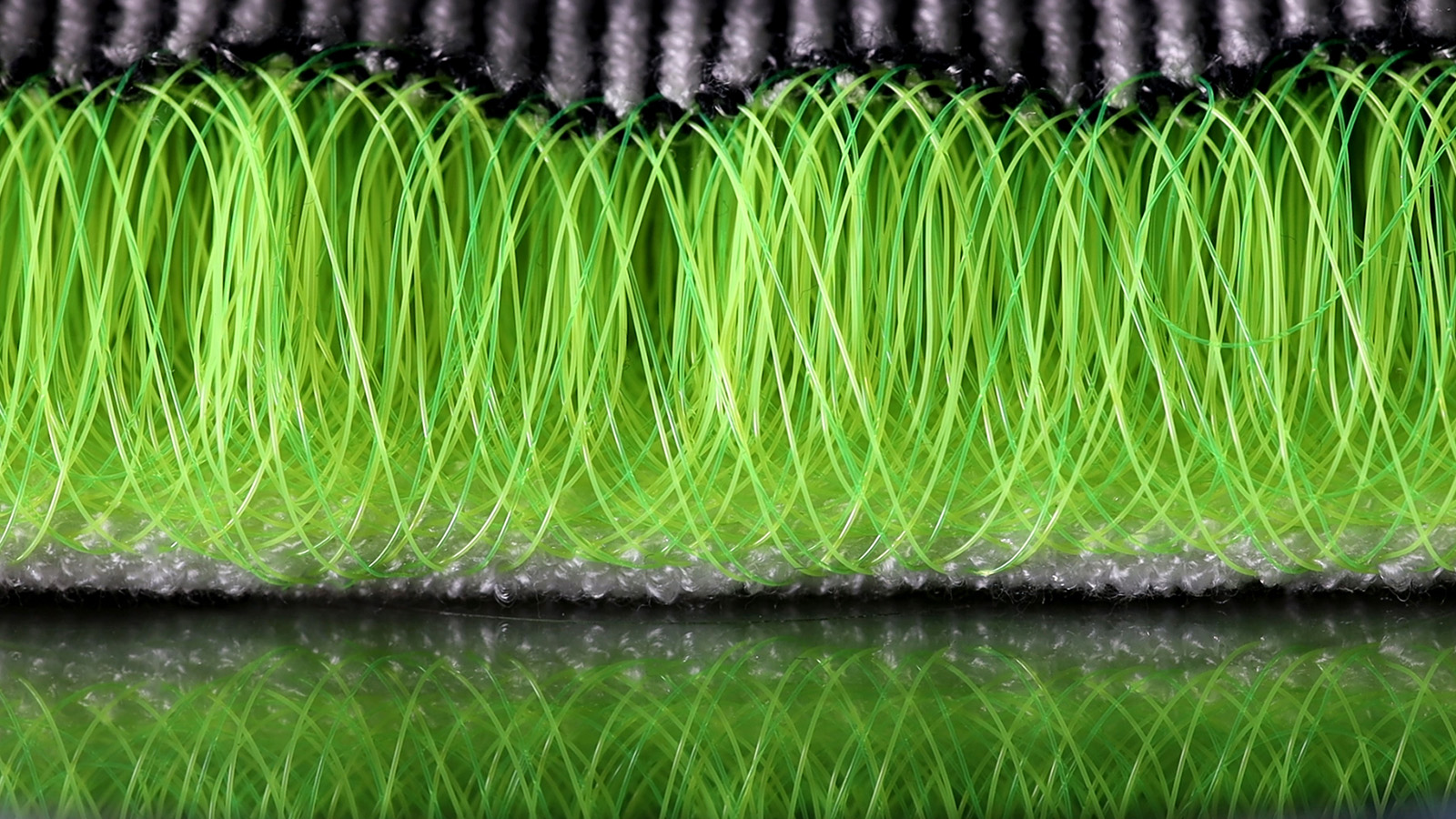 Is Emeco's 'No Foam KNIT' a sustainable answer to synthetic upholstery textiles?
Is Emeco's 'No Foam KNIT' a sustainable answer to synthetic upholstery textiles?'Make more with less' is Emeco's guiding light. Now, the US furniture maker's new mono-material textile, the 'No Foam KNIT', may offer a sustainable solution to upholstery materials
By Ali Morris
-
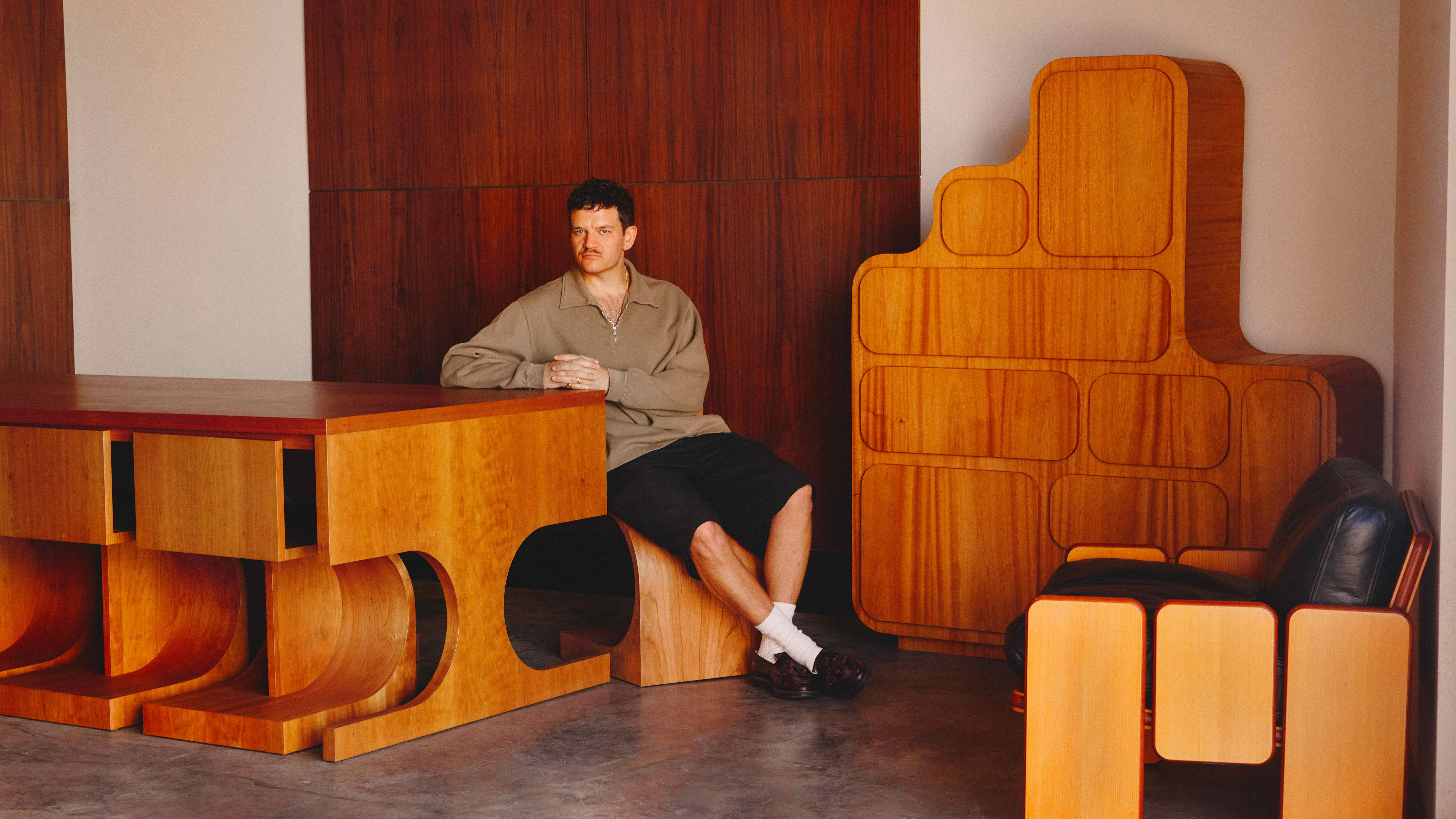 Smooth operator: Willett debuts new furniture at Design Miami 2024, with a playful touch of retro allure
Smooth operator: Willett debuts new furniture at Design Miami 2024, with a playful touch of retro allureLA furniture designer Willett turned heads in the design world with the launch of his eponymous brand earlier this year. Ahead of his Design Miami debut, he told us what’s in store for 2025
By Ali Morris
-
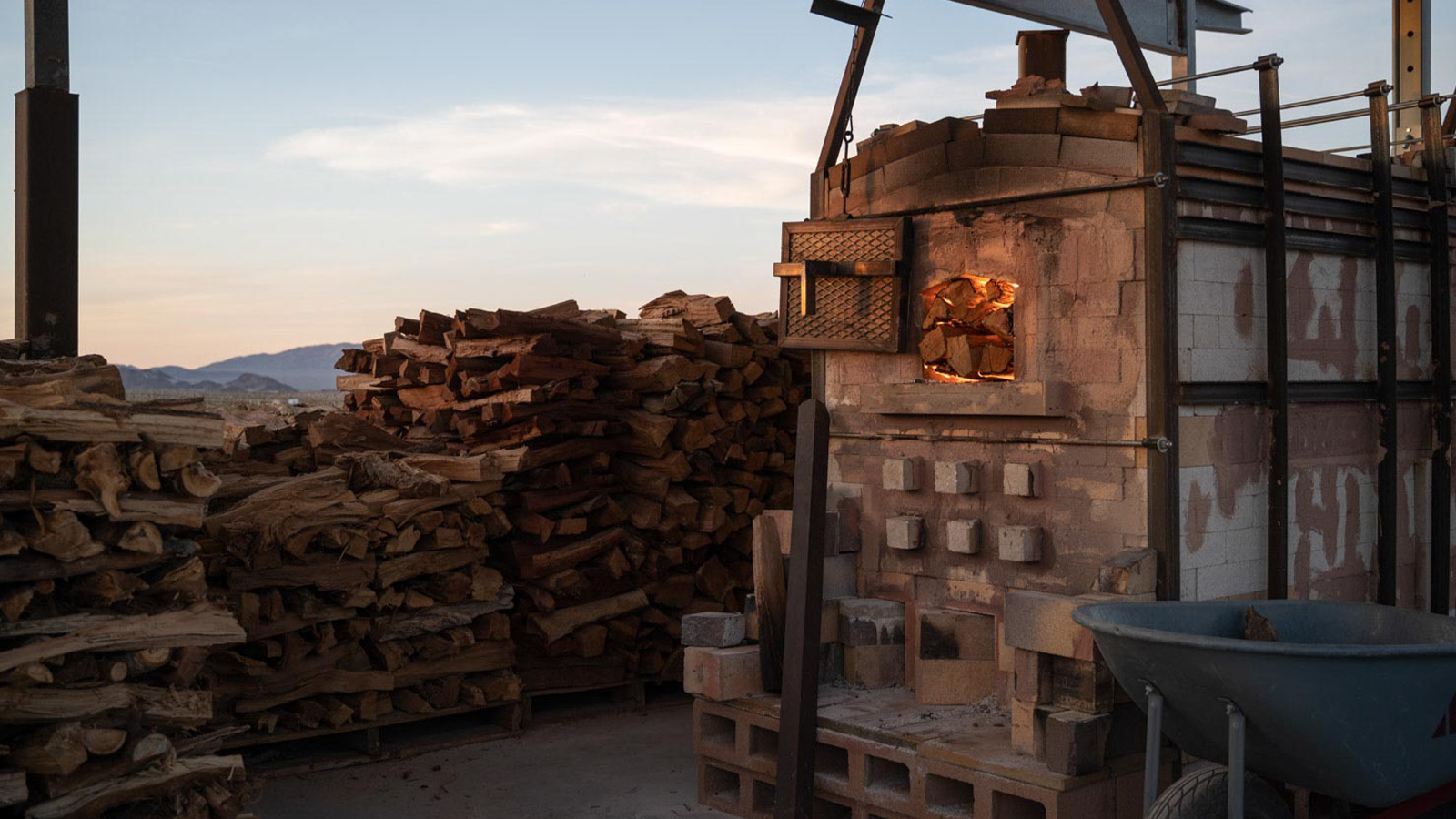 Forged in the California desert, Jonathan Cross’ brutalist ceramic sculptures go on show in NYC
Forged in the California desert, Jonathan Cross’ brutalist ceramic sculptures go on show in NYCJoshua Tree-based artist Jonathan Cross’ sci-fi-influenced works are on view at Elliott Templeton Fine Arts in New York's Chinatown
By Dan Howarth
-
 Italian designer Enrico Marone Cinzano fuses natural perfection with industrial imperfection
Italian designer Enrico Marone Cinzano fuses natural perfection with industrial imperfectionEnrico Marone Cinzano's first solo show at New York’s Friedman Benda gallery debuts collectible furniture designs that marry organic materials with upcycled industrial components
By Adrian Madlener
-
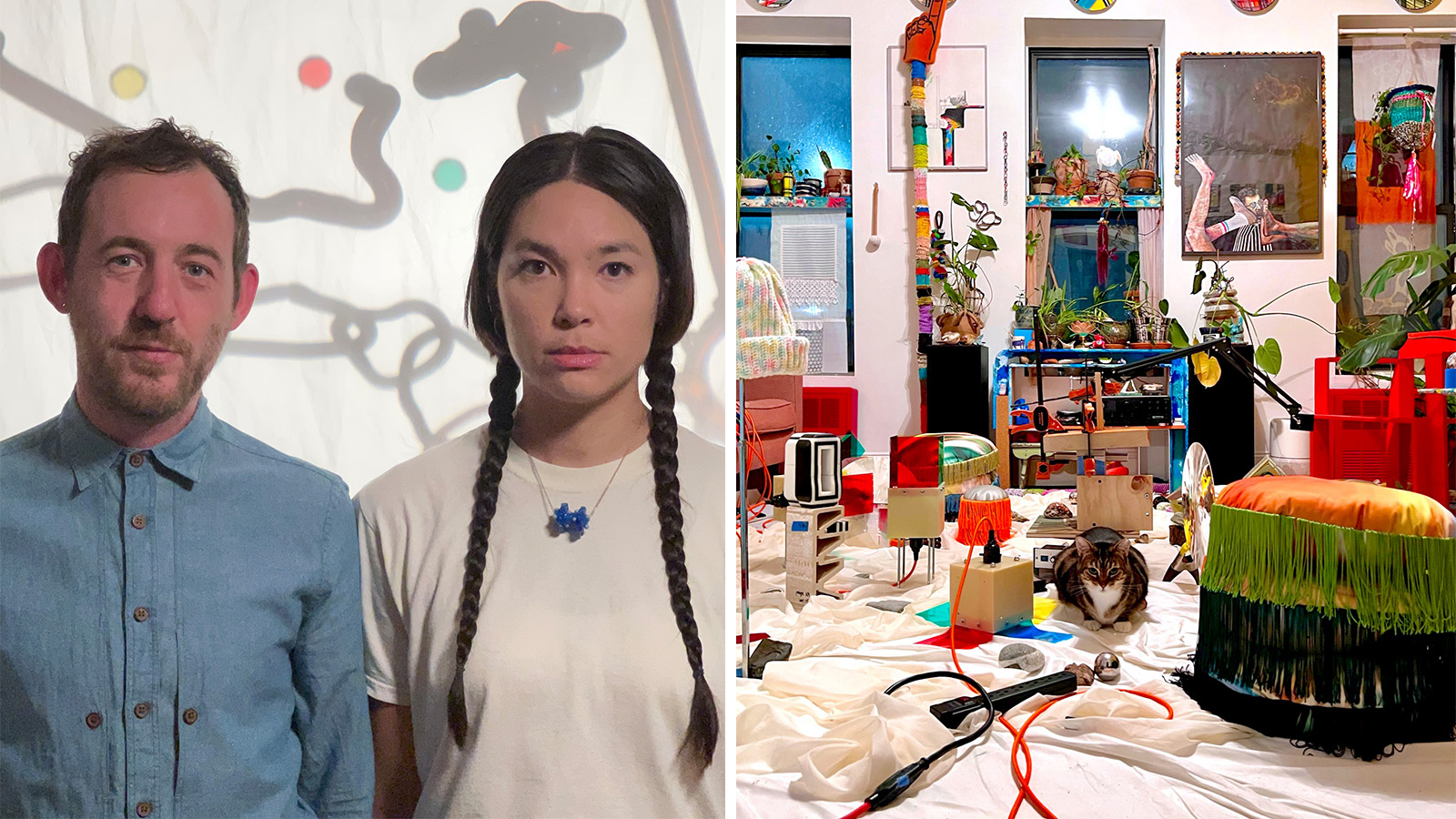 One to Watch: Brooklyn studio Outgoing gives new meaning to the idea of world building
One to Watch: Brooklyn studio Outgoing gives new meaning to the idea of world buildingLife and creative partners Brett Gui Xin and Del Hardin Hoyle from Outgoing blur the lines between craft and concept in experimental designs that have the potential for greater application
By Adrian Madlener